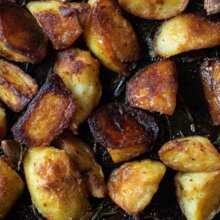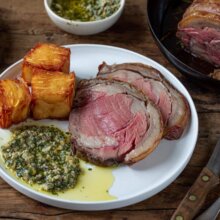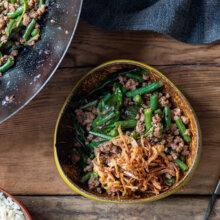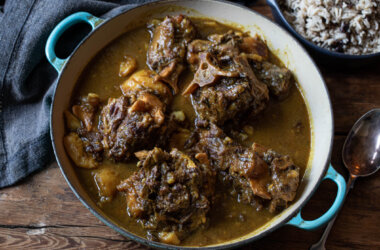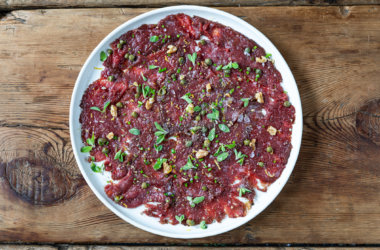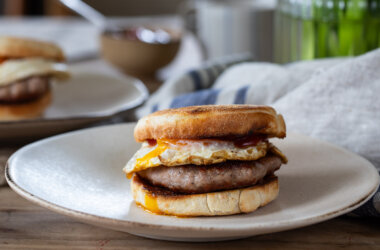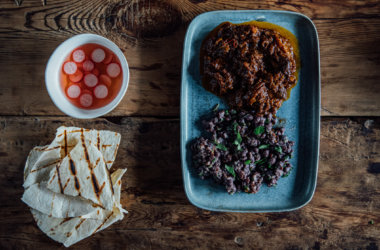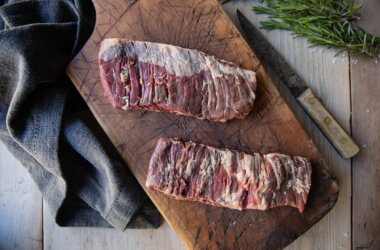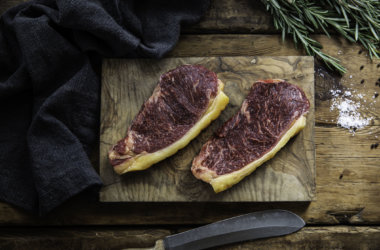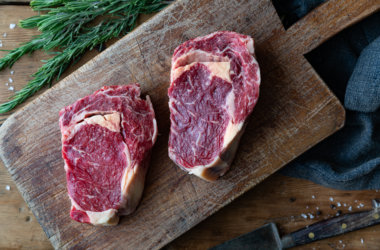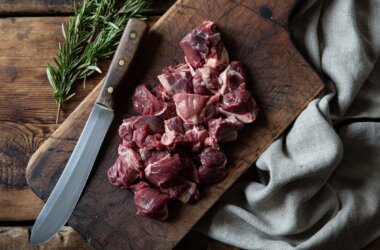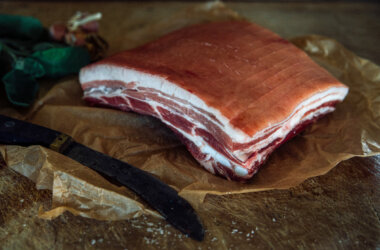A Cornish pasty is such a good thing. A warm, flaky pocket of comfort and deliciousness. It is reassuring that something so basic can be so delicious. Don’t tell the proud Cornish folk of our digression away from beef, but the venison makes for a tasty variation on the theme.
I find it really rewarding when you set out to make something like this that you’ve had many times before, and it ends up being much more delicious than you ever remember it. This is exactly what happened here when I made these. They are super simple to make, and I feel like they would be a fun family activity.
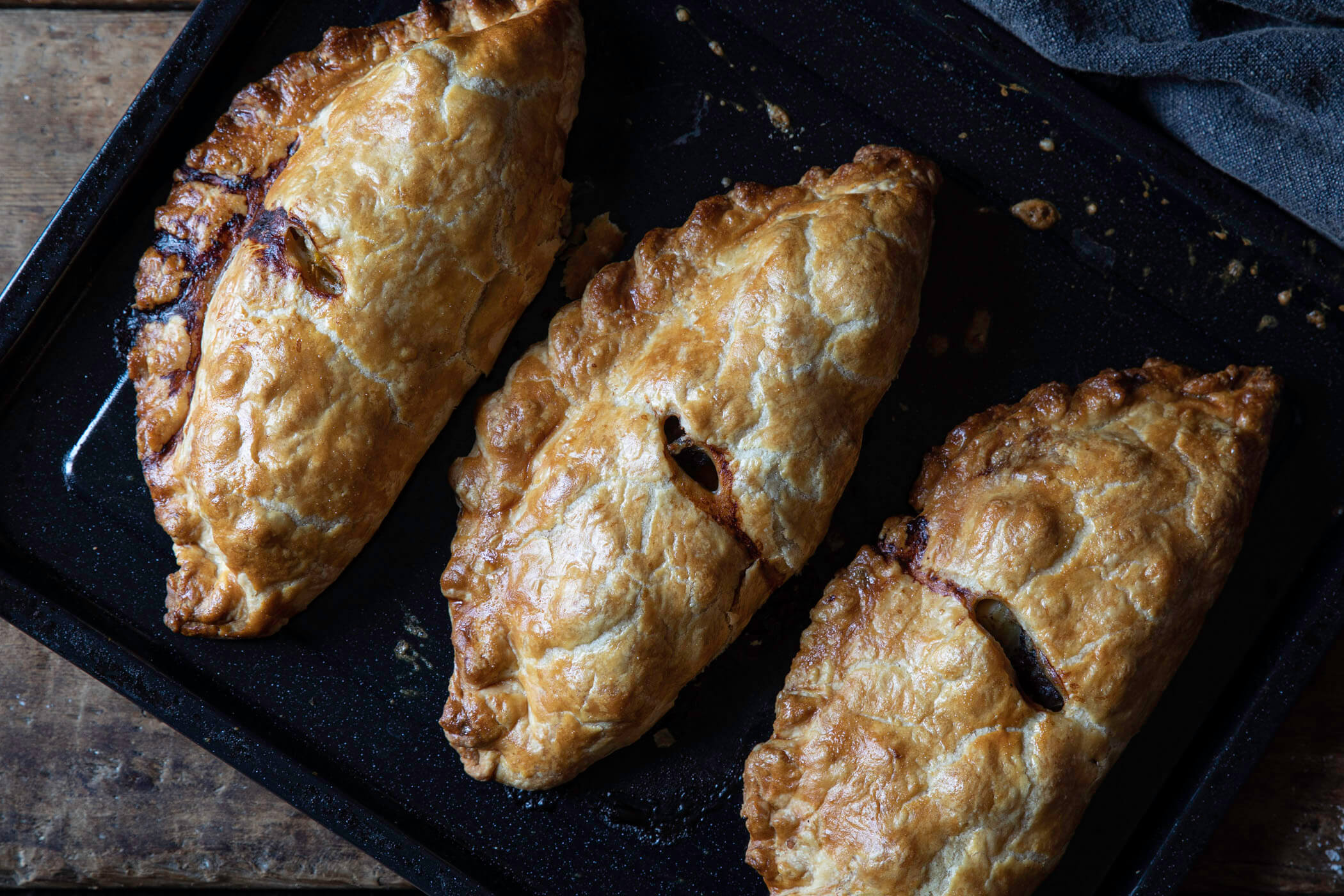
Makes 4 pasties
Ingredients
Pastry
Filling
Method
For the shortcrust pastry:
- First, make the shortcrust pastry. Put the flour and baking powder in a food processor with the blade attachment and blitz. While blitzing, add the butter and lard a couple of cubes at a time. It should loosely come together, resembling breadcrumbs. Then add the water and continue blitzing just until it comes together as a dough. Be very careful not to overwork the dough. Remove it from the food processor, roll it into a large sausage, wrap it in cling film, and refrigerate for at least 3 hours.
For the filling:
- Because we are going to cook the venison from raw inside the pasty, as is traditional, we need to cut it up into slightly smaller pieces. So, with a sharp knife, cut each piece of venison into 3 or 4 pieces. Then tip into a large mixing bowl.
- Peel the swede and potatoes and dice them up into about 1 ½ cm cubes. Add them both to the bowl with the venison, and then season well with salt and plenty of black pepper — more than you might think.
- Preheat the oven to 190°C.
To assemble and cook:
- Take the dough from the fridge and cut into 4 pieces. One piece of dough at a time, on a floured work surface begin to roll it out to about the thickness of a pound coin — if in doubt, err on the side of caution and keep it a little thicker. Using a plate as a template cut the dough into a neat circle, about 20cm in diameter.
- Down the middle of the disc of dough pile up the filling. Don’t take it quite to the edge as we need some space to seal it. Sprinkle a little plain flour over the filling, plus three small knobs of butter. Then wet your finger and run it around the edge of one half of the dough. Simply fold the other side of the dough over and begin to crimp the edge all the way round to seal the pasty.
- Place it on a baking tray with some parchment paper and make a small score in the pasty in the middle, so that steam can escape. Place in the fridge whilst you repeat the process for the next three pasties.
- Brush the top of the pasties with egg and place in the oven for 10 minutes, then turn the temperature down to 170°C for a further 45 minutes.
- Once cooked, leave to cool for at least 20 minutes. It gets really hot in there!
